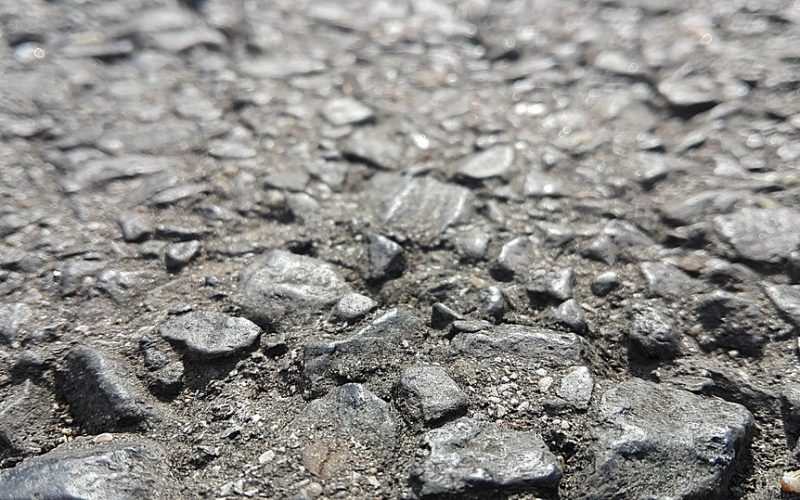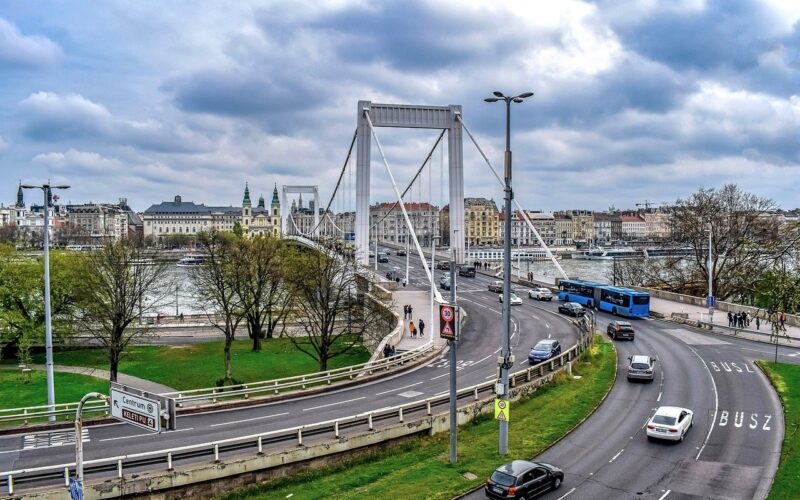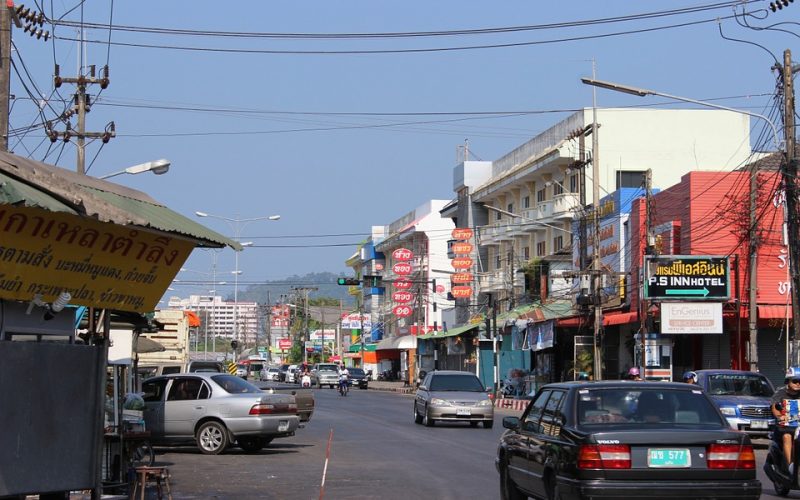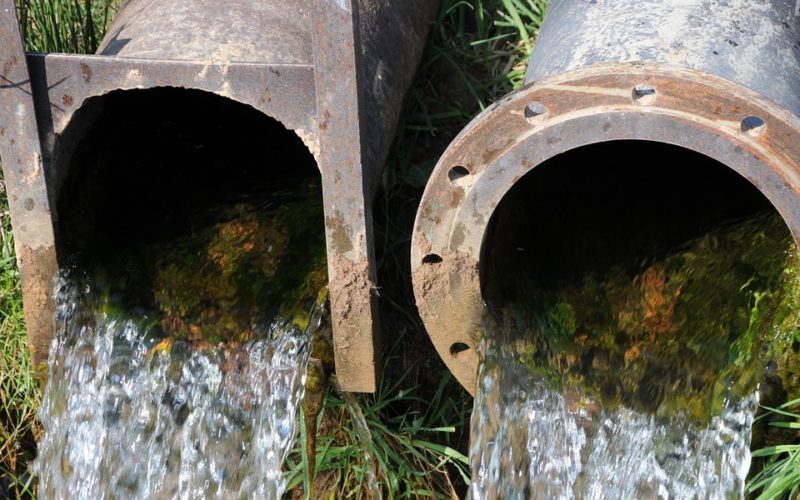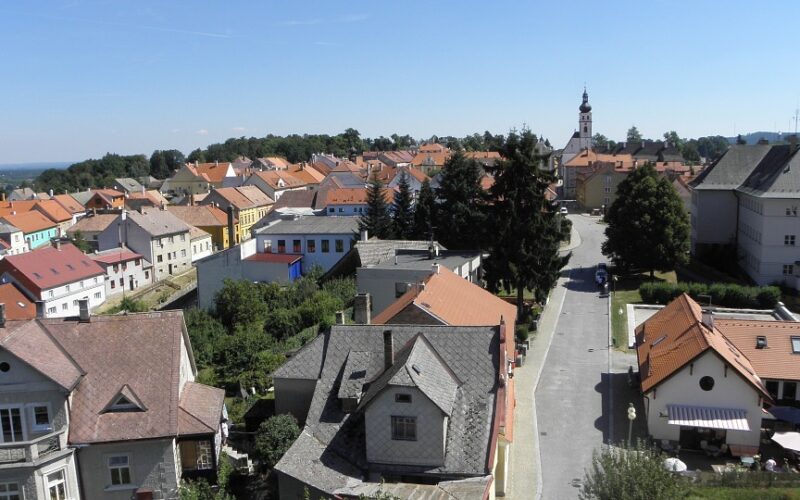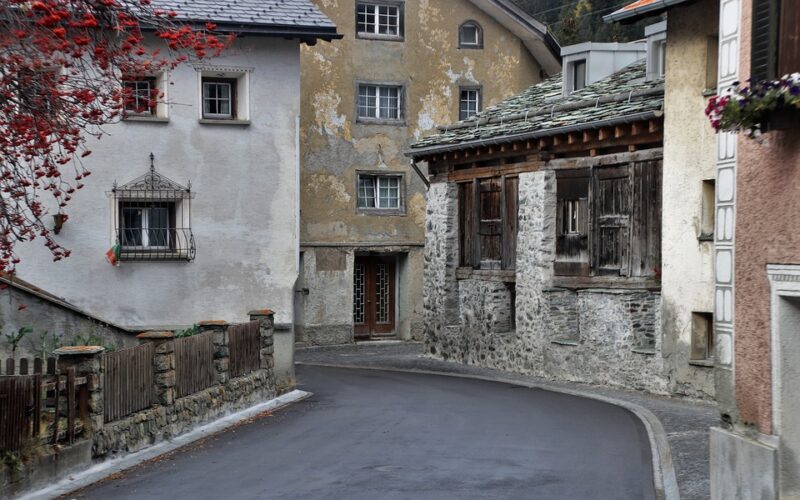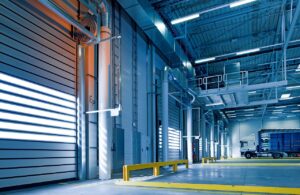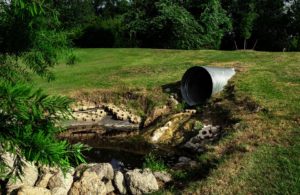Dirt, concrete and asphalt are all common road surfaces. The type of surface chosen depends on a number of factors. The amount of traffic, wear and tear from weather conditions and maintenance are all factors considered when designing and building roads. These are also considered when choosing the type of surface to be used. Cost is another factor high on the list in modern road design.
Traffic is one of the first considerations in road building. The amount, as well as the weight, of traffic affects design choices. Roads used by heavy trucks and construction equipment require a stronger support system and a road surface made with flexible paving. This paving option allows better wear of the surface by spreading the load onto the support structure underneath. It requires less maintenance throughout the years. If only light traffic will be access the road, the support and surfacing needs will be less strenuous, so a rigid surface might be used.
Local weather conditions are taken into account when designing and building a road. Arid areas are more likely to use permeable paving options for their surfaces. Water runs through small gaps in the surface during the few rain storms every year. Areas that have regular rainfall often have roads designed with porous paving. While excess water may run to the side of the road during heavy rain, most of the water will filter through the pavement and into the ground below. A concrete road surface is a good example of this type of paving option.
The cost of road building is very high due to transportation charges for the materials used. Many design choices are based on the ability to purchase aggregates and paving materials from local sources. Cutting transportation costs by using local materials is also a way to bolster the local economy while lowering transport costs.
